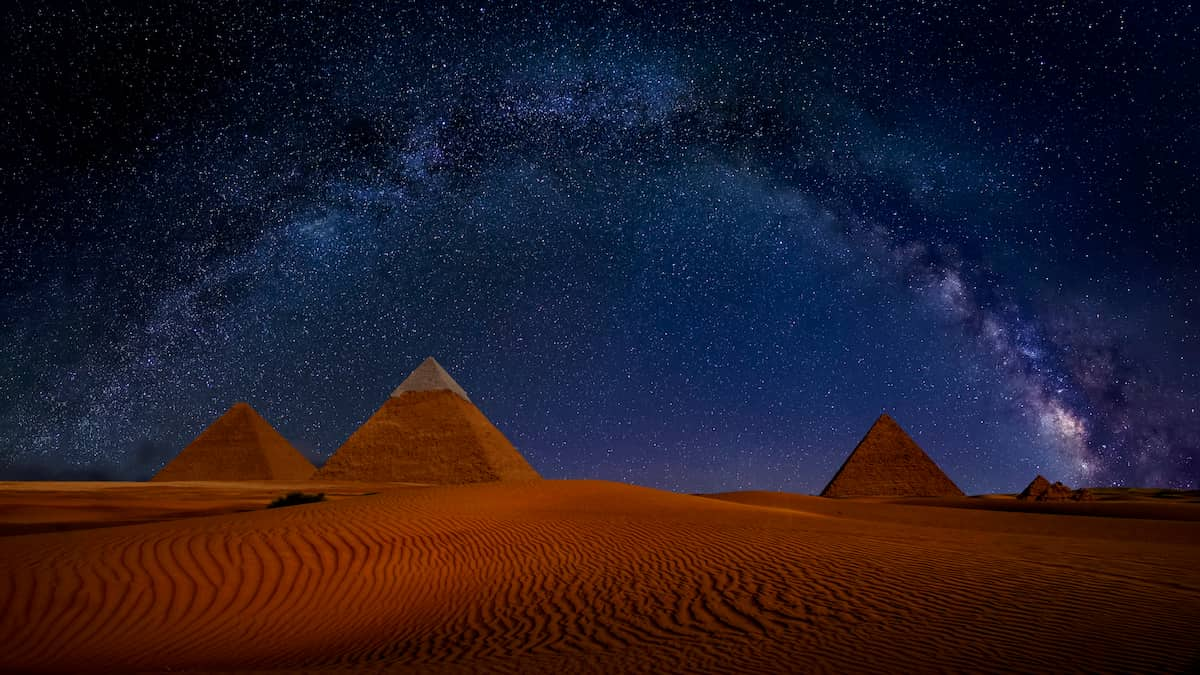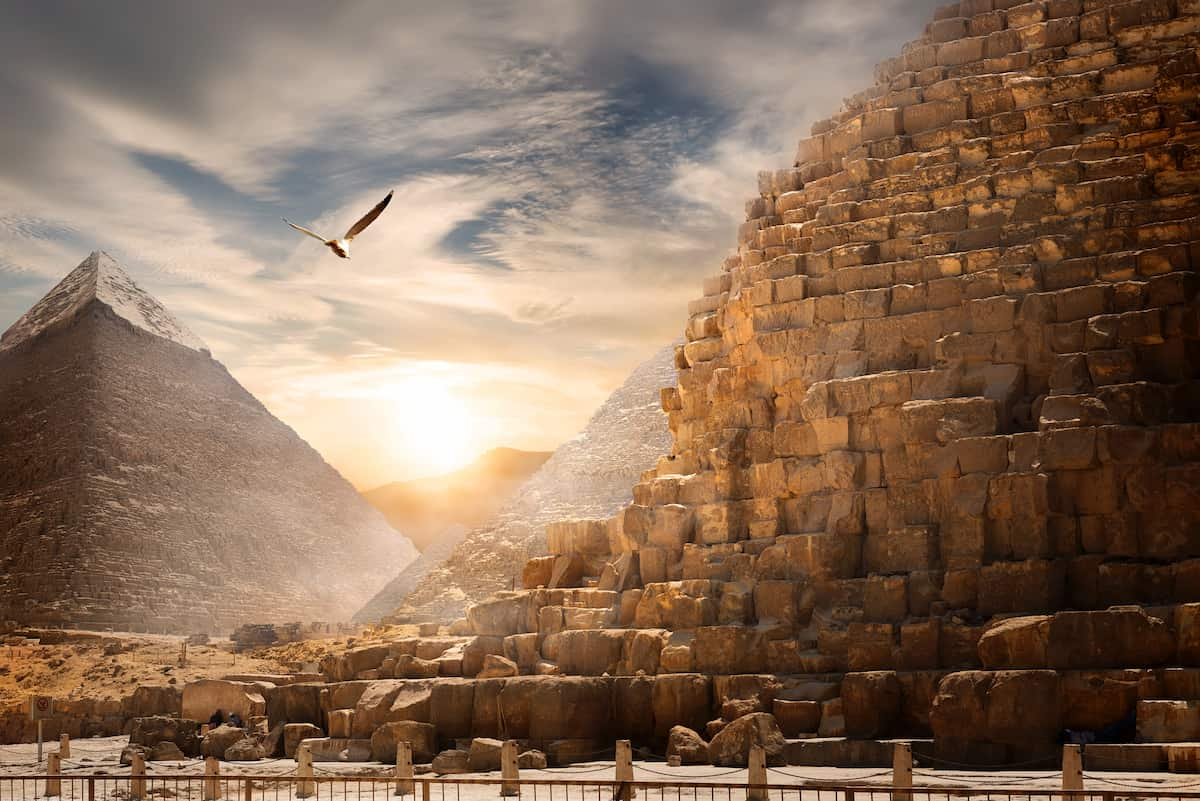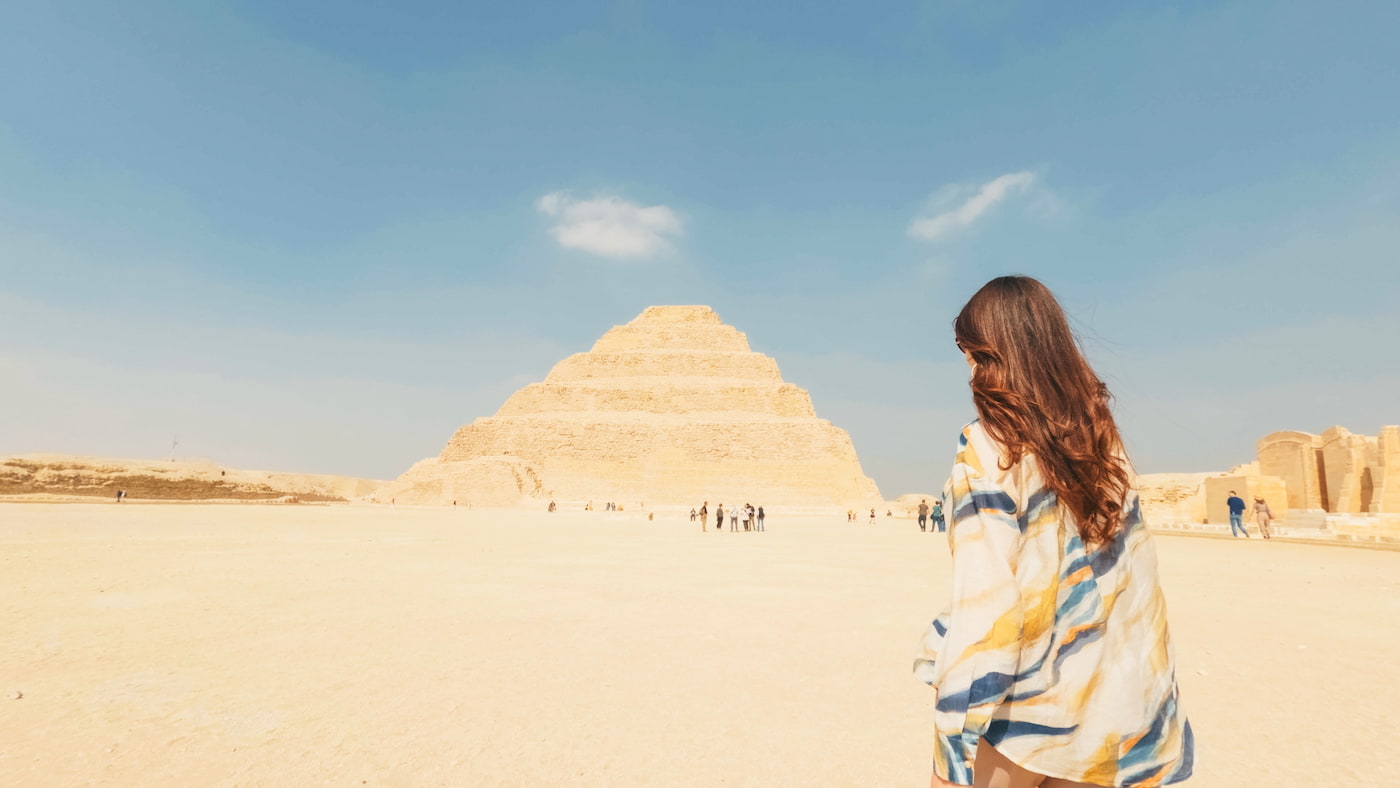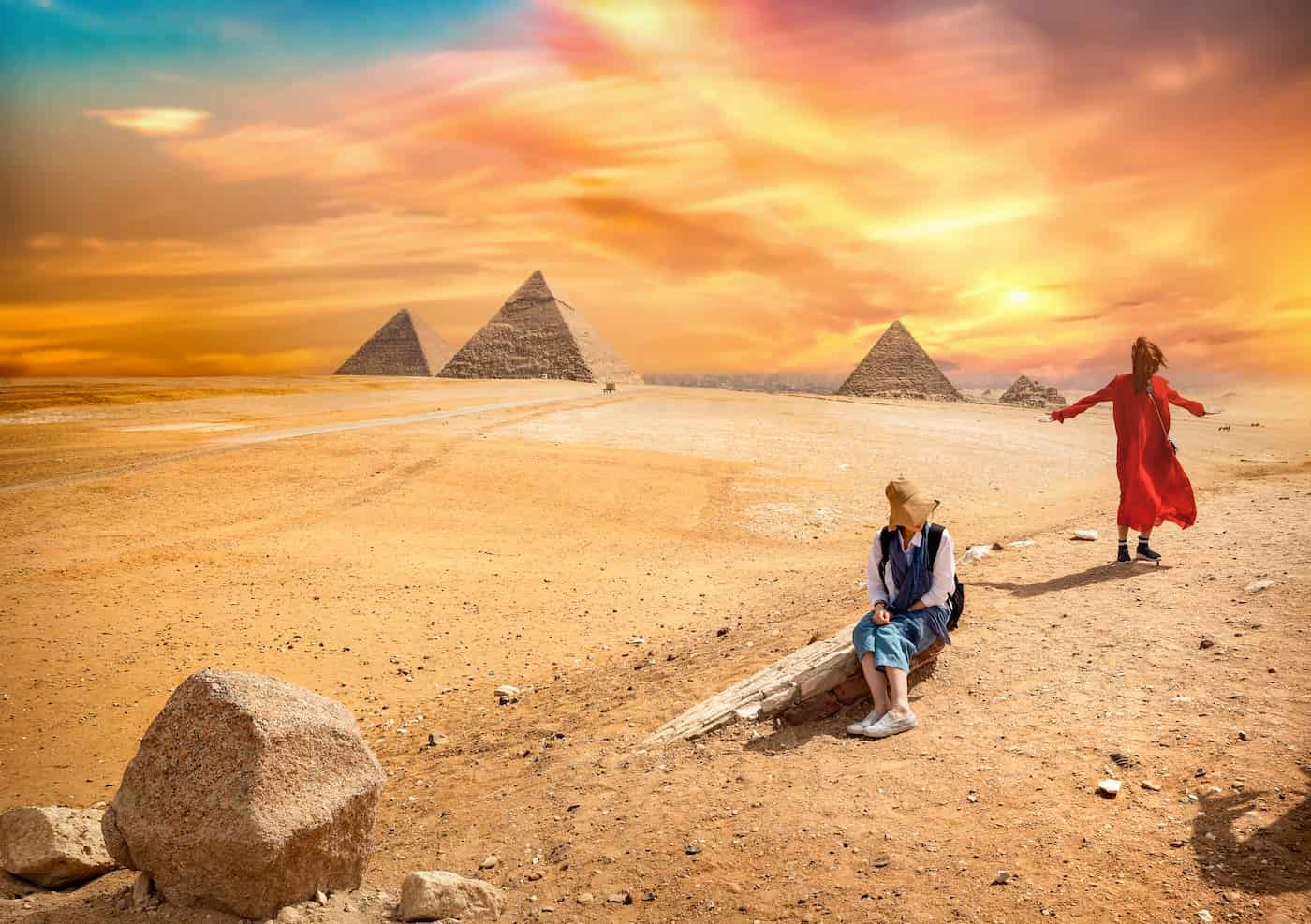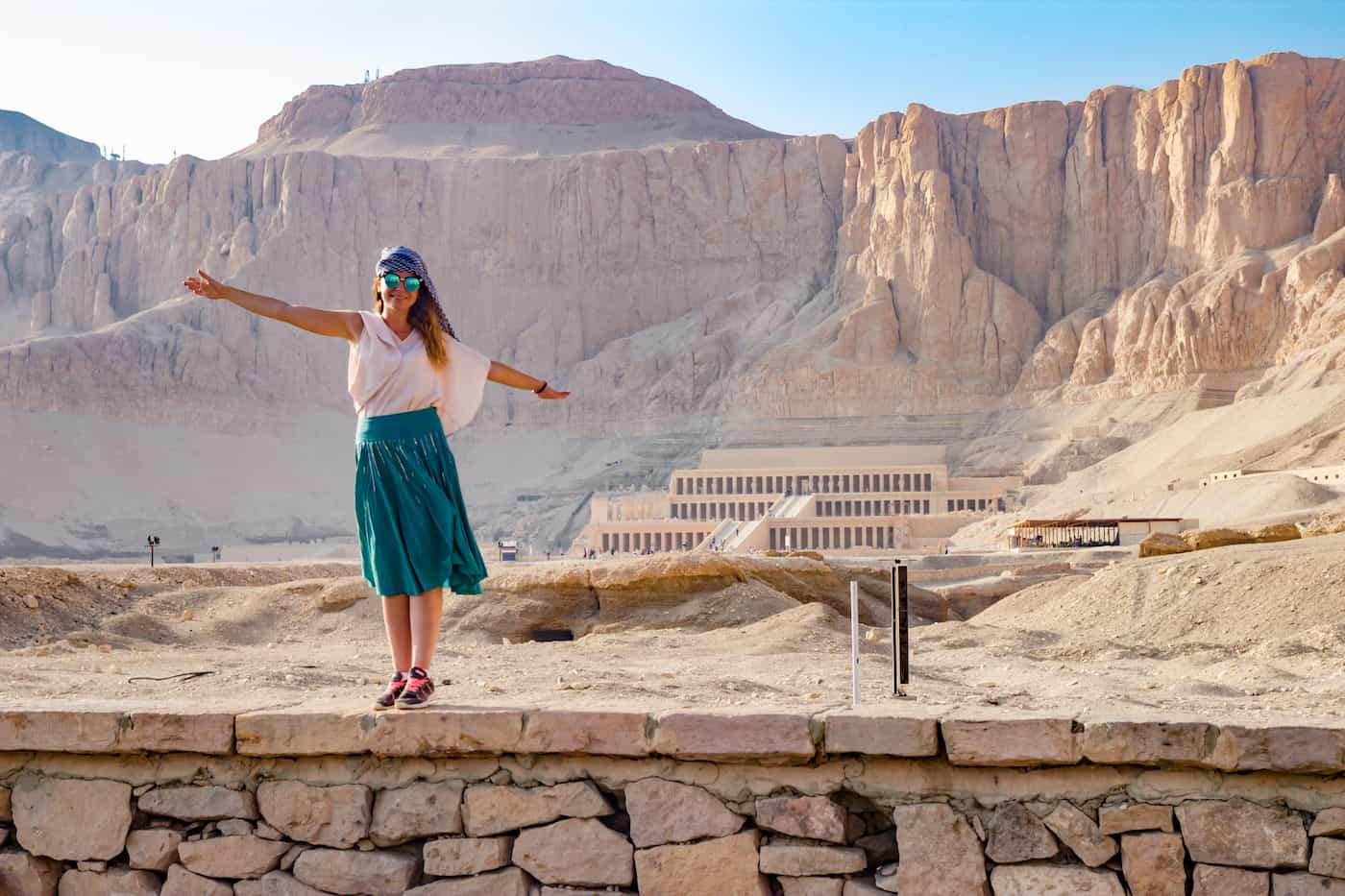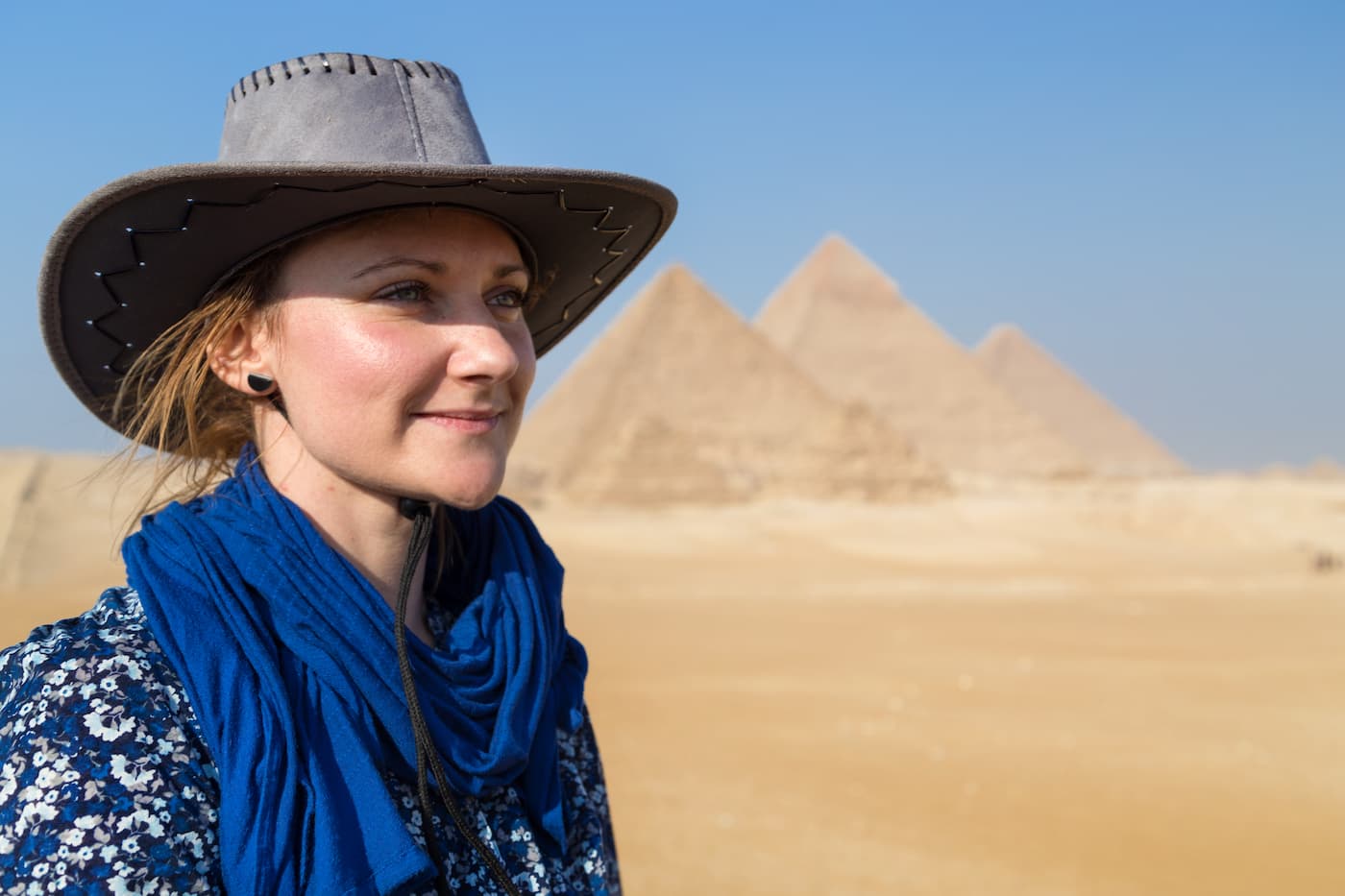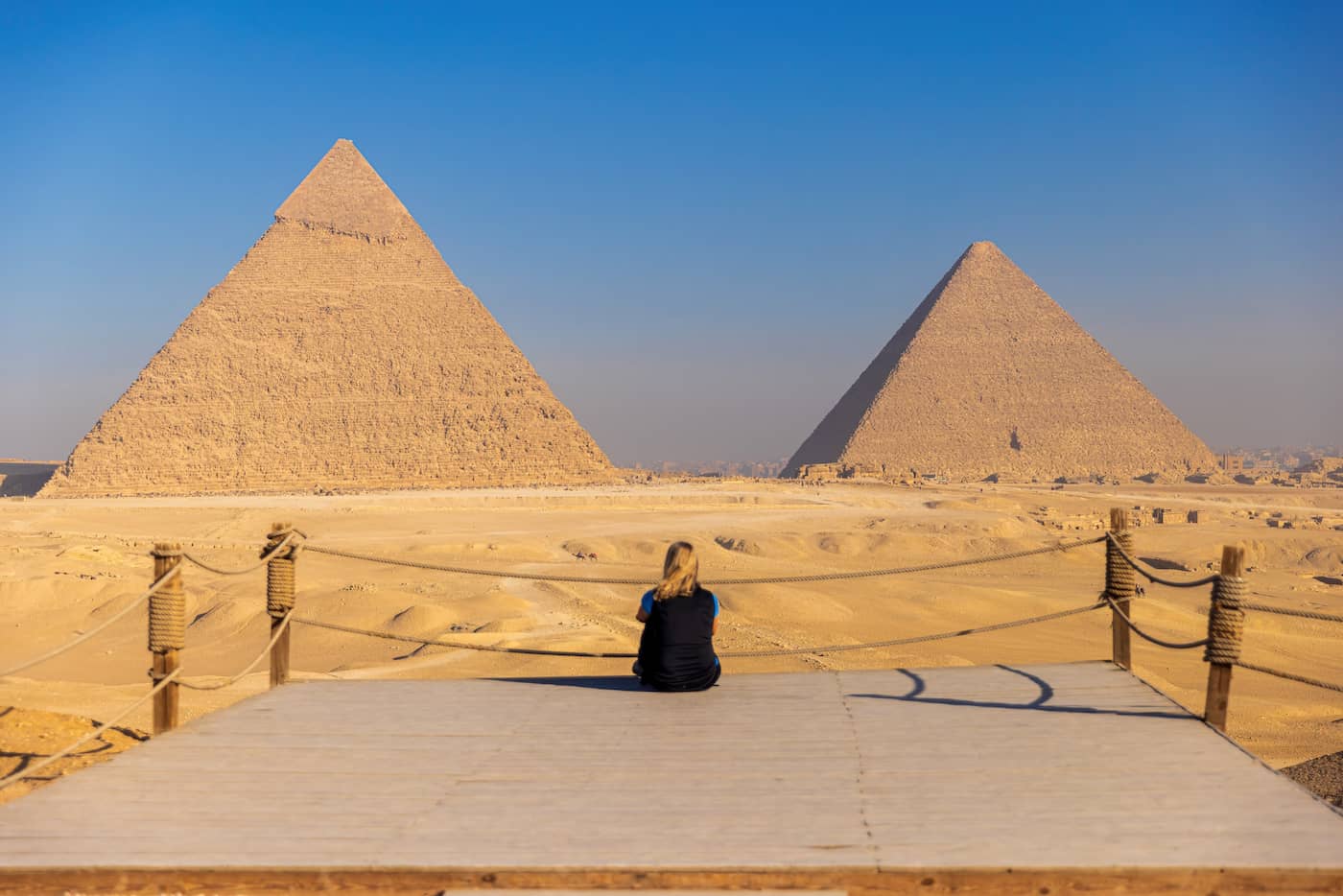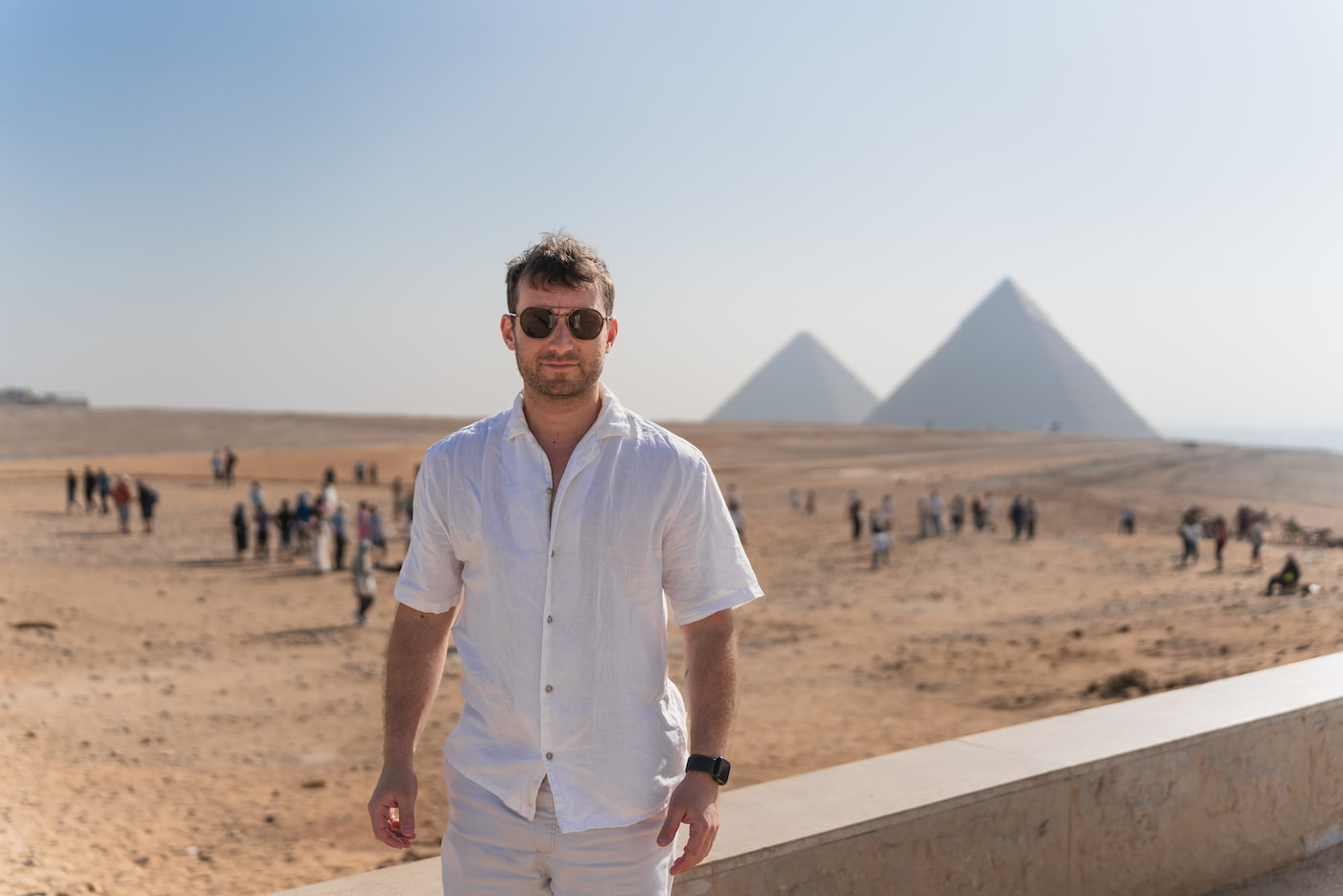Ancient Egyptian Astronomy: A Detailed Exploration of Cosmic Knowledge
The ancient Egyptians achieved remarkable success in building monumental structures and creating artistic works, and medical practices and religious beliefs. The field of Ancient Egyptian Astronomy represents one of the most intriguing yet frequently overlooked achievements of ancient Egypt.
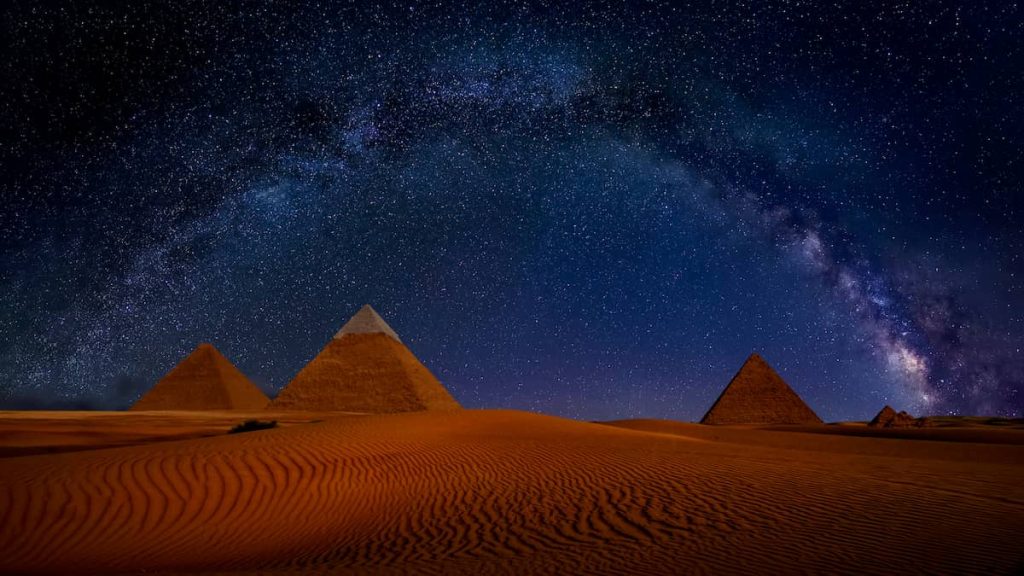
Ancient Egyptian Astronomy
The practice of Egyptian astronomy existed as a fundamental part of religious rituals and everyday existence. The astronomical knowledge of the Egyptians shaped both the construction of temples and the scheduling of agricultural activities, and the development of their calendar system. This paper provides a comprehensive analysis of ancient Egyptian astronomy through its historical development and religious beliefs, and its contributions to zodiac and horoscope systems, and the importance of Mut as a deity.
1- The History of Astronomy in Ancient Egypt
The earliest recorded observations in astronomy occurred in ancient Egypt during the Pre-Dynastic Period, which spanned from 6000–3150 BCE. The early Egyptians studied celestial bodies to forecast the essential Nile River flood, which sustained their agricultural existence. Also, the Nile’s water cycle strongly correlated with astronomical patterns, particularly with the appearance of Sirius (Sopdet) among other stars. The practical observations of the sky developed into an organized system for studying celestial phenomena.
The Egyptians started integrating astronomical knowledge into their architectural designs during the Old Kingdom period, which spanned from 2686 to 2181 BCE. The construction of pyramids and temples followed precise alignments with particular stars and solar events. The Great Pyramid of Giza shows precise alignment with the stars that make up Orion’s Belt. Temple and tomb builders incorporated astronomical precision as an essential element during their construction process.
During the Middle Kingdom period (2055–1650 BCE), star tables appeared inside coffins with diagonal orientations. These star guides were created to assist deceased individuals during their afterlife journey by displaying yearly stellar positions. These ancient astronomical records demonstrate an advanced comprehension of celestial bodies, which makes them among the earliest known astronomical documents.
During the New Kingdom period (1550–1070 BCE), astronomy had developed into a structured scientific discipline. The priests, together with temple scholars, performed regular sky observations to document data which they used for scheduling festivals and agricultural operations, and political ceremonies. Astronomy existed as an essential religious and governmental practice instead of functioning as an independent scientific discipline.
2- Ancient Egyptian Zodiac and Horoscope Beliefs
The Egyptians developed their astrological system through celestial observation, while the Babylonians and Greeks expanded upon modern astrology. The Dendera Zodiac stands as one of the most important artifacts that demonstrates this system. The Hathor Temple ceiling at Dendera displays an ancient star chart which unites Egyptian traditional symbols with Hellenistic zodiac signs to show cultural fusion during the Greco-Roman period.
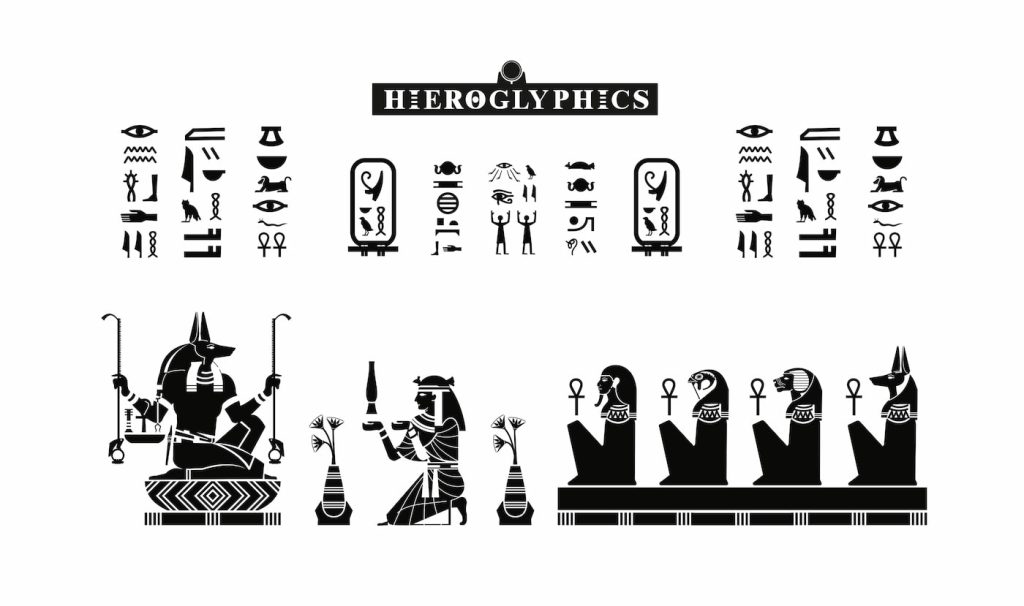
Ancient Egyptian Beliefs
The Egyptians divided the sky into 36 star groups, which they called decans, before Greek influence arrived. The Egyptian calendar divided its 360-day year into 36 decans, which served as timekeeping markers during nighttime hours. Priests used the rising decans on the horizon to track their positions for determining the current hour. The star groups served dual purposes in astrology because people believed their birth position within specific decans determined both character traits and life destiny.
The Egyptian system of horoscopes used different celestial bodies than the twelve sun signs, which form the basis of modern Western astrology. Also, the Egyptian system of astrology centered on understanding the positions of decans and planetary deities. People believed that specific stellar positions at birth revealed particular characteristics to astrologers who used charts to select favorable days for coronations and temple ceremonies.
The Egyptian spiritual and mystical understanding of astronomy connected Ra (sun god) with Thoth (moon and knowledge god) and Nut (sky goddess) to cosmic cycles, which shaped astrological interpretations. The spiritual and mystical dimension of Egyptian astronomy emphasized harmony between cosmic and human realms.
3- What Is One of the Significant Inventions of Egypt in Astronomy?
Ancient Egypt made its most significant astronomical contribution through the creation of the solar calendar, which used observations of Sirius (Sopdet) to establish a 365-day system. The Egyptians achieved this groundbreaking discovery, which enabled them to schedule their agricultural work and religious ceremonies, and civic duties with better precision.
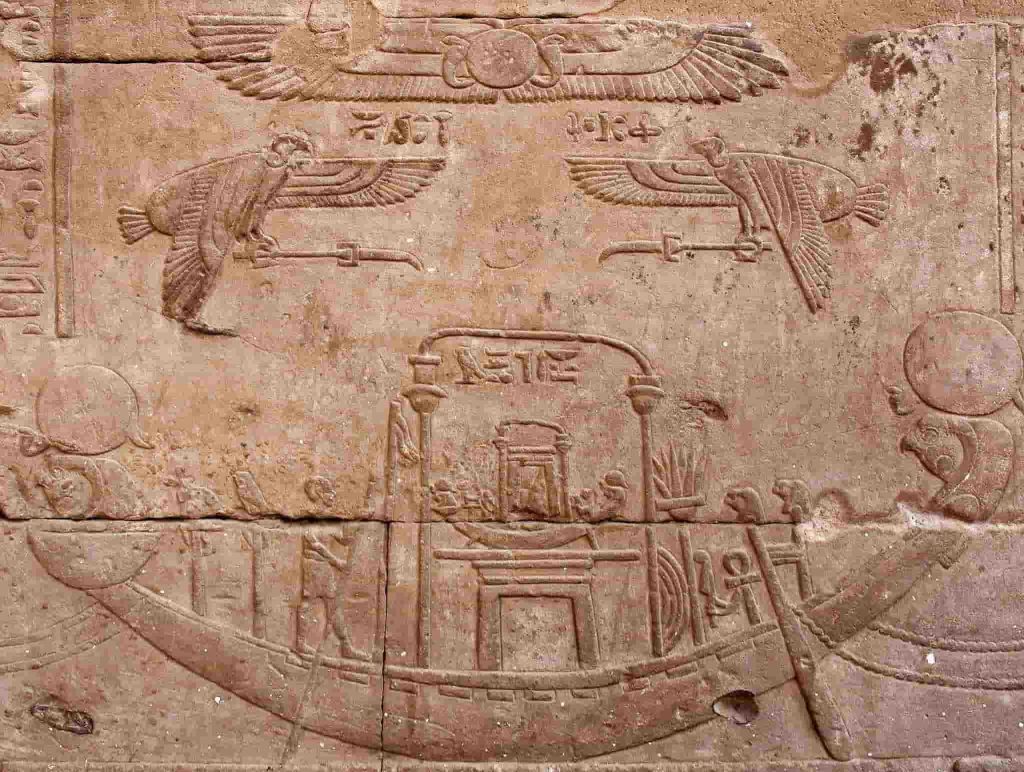
The solar calendar
The Egyptian year consisted of 12 months with 30 days in each, followed by five additional sacred days at the year’s conclusion. The five sacred deities Osiris, Isis, Horus, Seth, and Nephthys received their birthdays during these special additional days, which were considered sacred.
The calendar system emerged from observations of Sirius rising in the east before sunrise, which matched the yearly Nile flood. The annual flood of the Nile required divine recognition because it brought essential water for farming.
The organized calendar system brought better predictability and organizational structure to Egyptian society. All religious festivals, together with agricultural planting and harvests, followed the patterns of celestial movements. The Egyptian calendar system spread its influence across Egypt to create timekeeping systems in Greece and Rome, which eventually developed into modern calendar systems.
The calendar system showed remarkable practical application of Egyptian astronomy despite its imperfect accuracy because it lacked leap year calculations.
4- Did Ancient Egyptians Have Constellations?
The ancient Egyptians recognized constellations through their unique system, which differed from the Greek and Roman astronomical systems. The ancient Egyptians established their constellations through mythological connections and agricultural practices, and religious symbolism.
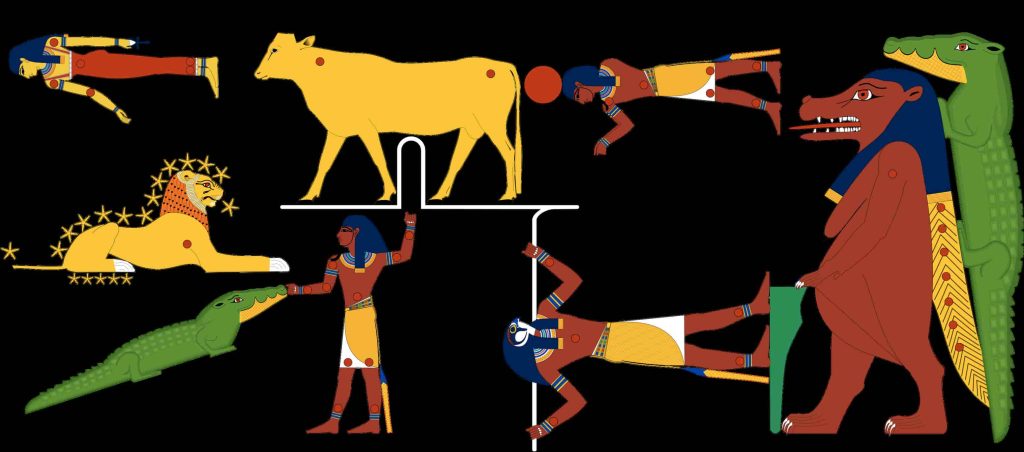
Ancient Egyptian Constellations
Sah stood as the most famous constellation in ancient Egyptian astronomy because it matched the position of Orion. The god Osiris received his divine connection through the association with Sah. The alignment of the pyramids at Giza with Orion’s Belt demonstrates the vital role the Sah played in Egyptian cosmological beliefs. Through its connection to Osiris, the constellation Orion served as a spiritual guide for souls during their journey to the afterlife.
The ancient Egyptians associated the star Sopdet with the goddess Isis, who ruled over the celestial body. The appearance of Sirius in the eastern sky at dawn signaled both the beginning of the Nile flood season and the start of the new year. The religious and agricultural communities relied on Sopdet as their essential timekeeper.
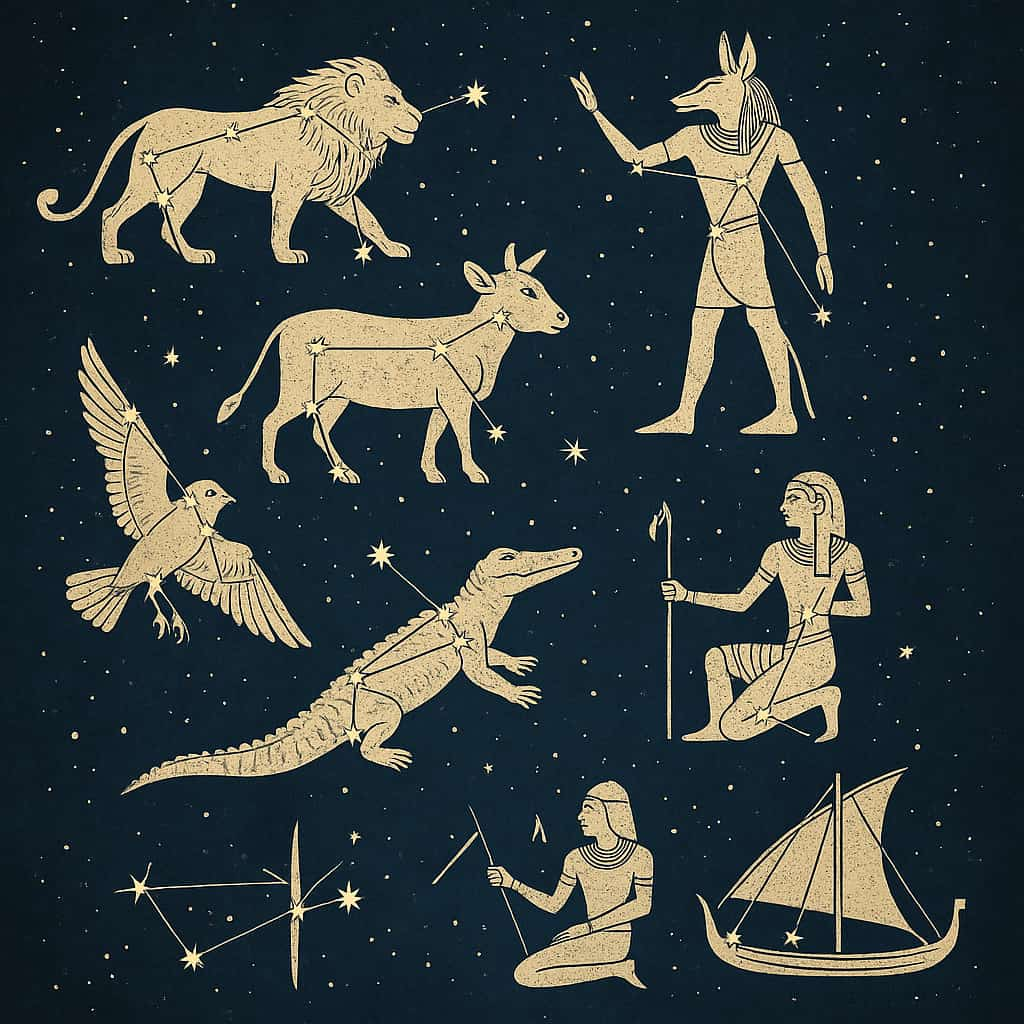
Ancient Egyptian Constellations
The ancient Egyptians recognized two main star groupings, which correspond to modern-day Canis Major and Canis Minor, and they sometimes associated these stars with the jackal-headed god Anubis, who protected the dead.
The Egyptians divided their sky into two sections, which they assigned to different divine beings and stellar collections. The ceilings of tombs and temple walls displayed star maps that depicted both decans and constellations and divine figures moving through the celestial realm.
The celestial patterns served purposes beyond navigation and storytelling because they held sacred meaning. Religious ceremonies were timed by priests using star observations, and people believed constellations influenced the health of the kingdom. Through their deep astronomical-spiritual connection, Egyptians maintained cosmic order, which they called ma’at as a fundamental aspect of their religious beliefs.
5- Mut in Egyptian Astrology and Religion
In ancient Egyptian religion, Mut served as a strong mother goddess who appeared either with the double crown of Upper and Lower Egypt or as a vulture to represent maternal protection. Mut maintained a vital position in the cosmic divine order, although she did not directly connect with astronomy like Ra or Nut.

Egyptian Religious Calendar
The Theban Triad included Mut alongside her husband Amun and their lunar offspring Khonsu, who functioned as the moon god. The connection between Mut and Khonsu reveals her celestial significance through their relationship. Temple priests closely monitored the night sky movements of Khonsu, who functioned as a timekeeper and healer. As the divine mother of Khonsu Mut represented the cosmic power that sustained celestial cycles.
Mut served as a symbol of cosmic equilibrium and stability in Egyptian cosmology. The universe maintained order through her maternal power, which she embodied. During religious rituals, people sought her protection and fertility and health blessings, which they believed came from divine and cosmic powers.

ancient egypt calendar
The belief in cosmic harmony through divine maternal care existed in Egyptian astrology even though Mut was not associated with any particular star or planet. The temples of Karnak and other important religious sites shared an alignment that reflected the sacred geometry which resulted from astronomical observations.
The spiritual framework of Egyptian astronomy received enrichment from Mut, although she appeared less frequently in astronomical texts than Isis and Nut.
6- Integration of Astronomy with Daily Life and Religion
Astronomy functioned as an integral part of ancient Egyptian society because it merged with cultural practices and religious beliefs, and agricultural needs. The stars and planets affected every life aspect between sunrise and sunset, as well as between planting and harvesting.
The construction of temples and pyramids followed celestial body alignments. The winter solstice sunrise served as a reference point for constructing the Temple of Karnak. The architects made these deliberate decisions to show their understanding of cosmic harmony.
The heliacal rising of Sirius served as the astronomical method to predict the critical Nile flooding event, which determined Egyptian agricultural success. The observation of celestial bodies enabled farmers to plan their field preparation and crop planting, and resource management. The community survived because of these observations of celestial bodies.
The religious rituals of the time followed the movements of stars and planets. The priests functioned as astronomers who studied the sky to identify the best times for religious ceremonies and sacred offerings. Temple ceremonies took place in sacred areas that architects designed to receive sunlight or starlight during particular seasonal times.
The fundamental religious belief of ma’at or cosmic order stood at the heart of Egyptian religious practices. People believed that maintaining equilibrium between universal forces would bring both prosperity to society and divine blessings. Through astronomical knowledge, people maintained cosmic order by performing activities according to divine guidance.
7- Tools and Techniques Used in Egyptian Astronomy
The exact positioning of ancient Egyptian structures, together with their ability to track celestial events, demonstrates their utilization of sophisticated astronomical instruments and observational methods. The ancient astronomers lacked telescopes, yet they created innovative instruments that supported their astronomical observations.

Ancient Egyptian astronomical timekeeping instruments
The merkhet served as the main tool, which consisted of a plumb line combined with a sighting tool. Through its use, astronomers tracked star movements along the meridian to determine nighttime measurements.
Water clocks or clepsydras operated by measuring time through water flow between two containers. The temples employed these clocks to schedule their rituals, while observatories used them to observe during nighttime hours.
Sundials functioned as daytime instruments that tracked solar movements to establish time divisions. The portable design of these sundials enabled priests and officials to monitor time during their travels.
The observations heavily relied on architectural features as well as tools for their astronomical studies. The construction of temples and monuments included narrow corridors and light wells, which pointed towards particular stars or solar events. The alignments functioned as enormous astronomical instruments that recorded light during precise yearly moments.
The practice of record-keeping, together with mathematical methods, proved essential for their work. Scribes documented star positions together with planetary cycles and lunar phases through papyri and stone inscriptions. Through centuries of data collection, astronomers developed a substantial astronomical tradition that united scientific observations with religious explanations
8- Ancient Egyptian Astrology & the Modern Calculator
The ancient Egyptians observed the sky for both timekeeping and agricultural purposes and also sought spiritual meaning from it. The Egyptians used their spiritual beliefs to connect star patterns with divine power. The Egyptian astrological system based its practice on their religious deities and their established calendar system, instead of Western astrology’s planetary and Aries and Libra constellation focus. According to Egyptian beliefs, each person received their personality traits and destiny from the deity who ruled their birth time.
How Did Ancient Egyptian Astrology Work?
The Egyptian system assigned multiple periods to each sign, which differed from the Western zodiac’s continuous date ranges for each sign. The Egyptian system demonstrates both complexity and symbolism because it shows their deep spiritual connection to celestial bodies.
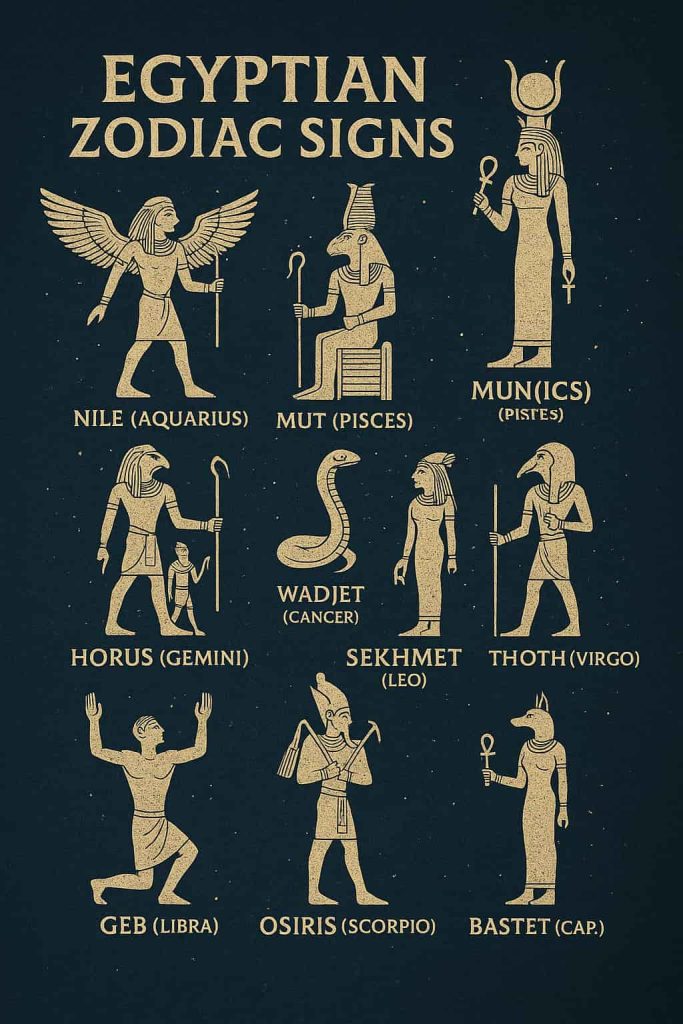
Egyptian zodiac signs
Here’s a glimpse at the Egyptian zodiac signs:
| Egyptian Deity | Birth Dates | Traits |
|---|---|---|
| Amun-Ra | Apr 26–May 25, Aug 16–Sep 15 | Confident, wise, natural leader |
| Osiris | Mar 1–10, Nov 27–Dec 18 | Kind, strong, spiritual |
| Isis | Mar 11–31, Oct 18–29, Dec 19–31 | Loyal, honest, caring |
| Horus | Apr 1–19, Aug 12–19 | Brave, practical, clear-minded |
| Thoth | Apr 1–19, Nov 8–17 | Creative, intelligent, strategic |
| Mut | Jan 22–31, Sep 8–22 | Motherly, emotional, grounded |
| Bastet | Jul 14–28, Sep 23–27, Oct 3–17 | Protective, intuitive, fun-loving |
| Geb | Feb 12–29, Aug 20–31 | Humble, grounded, kind-hearted |
| Seth | May 28–Jun 18, Sep 28–Oct 2 | Powerful, intense, independent |
| Sekhmet | Jul 29–Aug 11, Oct 30–Nov 7 | Strong-willed, intelligent, direct |
| Hapi | Jan 1–7, Jun 19–28, Sep 1–7 | Peaceful, optimistic, caring |
| Anubis | May 8–27, Jun 29–Jul 13 | Mysterious, wise, spiritual |
Each god ruled not just part of the calendar but also the qualities of those born under them. For example, those born under Mut, the divine mother goddess, were believed to be nurturing and stable, much like the mythological figure herself.
What Is an Egyptian Astrology Calculator?
Modern technology has led to a digital revival of ancient astrology during the past few years. The online Egyptian astrology calculator enables users to find their Egyptian zodiac sign through birth date input. Users can easily access these tools by entering their birth date, which then shows the deity that influences their personality according to the ancient calendar system.
Some calculators also offer extended insights like:
Your traits are based on the associated god or goddess
Compatibility with other signs
Career and love predictions according to Egyptian beliefs
The modern application does not duplicate ancient Egyptian astrological methods exactly, but it preserves their fundamental approach to linking humans with divine and natural elements through celestial bodies.
Why Egyptian Astrology Still Fascinates Us
The belief that cosmic gods control your destiny creates both a strong and beautiful effect. Through modern calculators, people can use Egyptian astrology to discover symbolic meanings about themselves. The practice extends beyond future prediction because it reveals ancient philosophical concepts and mythological narratives, and personal identity.
Tourists who visit Egypt can enhance their travel experience by learning about their Egyptian zodiac sign. Through this practice, you can connect with the spiritual realm of pharaohs and their everlasting celestial domain.
Conclusion
The pursuit of astronomy in ancient Egypt served multiple purposes because it integrated with religious practices and agricultural needs and political structures, and cultural traditions. The Egyptians used their observations of the Sirius and Orion constellations to develop a solar calendar and make flood predictions, and temples alignments and perform religious worship of their gods.
Mut served as a deity who represented the cosmic and maternal forces that sustained the functioning universe, although she was not directly linked to celestial bodies. The practical aspects of Egyptian astronomy appear in their merkhet instruments and water clocks, while temple alignments and tomb inscriptions demonstrate its spiritual nature.
The ancient Egyptians established fundamental principles that modern astronomy uses today, while their discoveries remain a source of interest for contemporary scholars and visitors. Through their study of celestial bodies, the ancient Egyptians discovered divine order, which they applied to direct their earthly existence.

